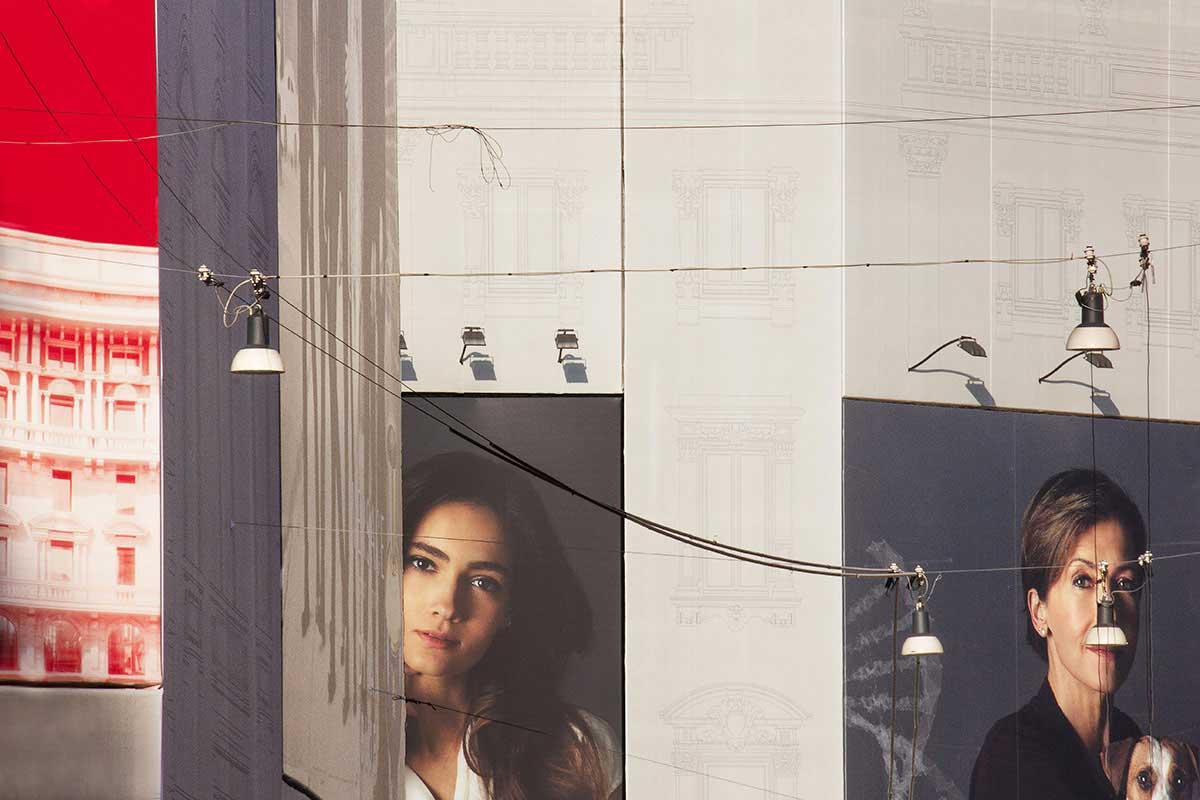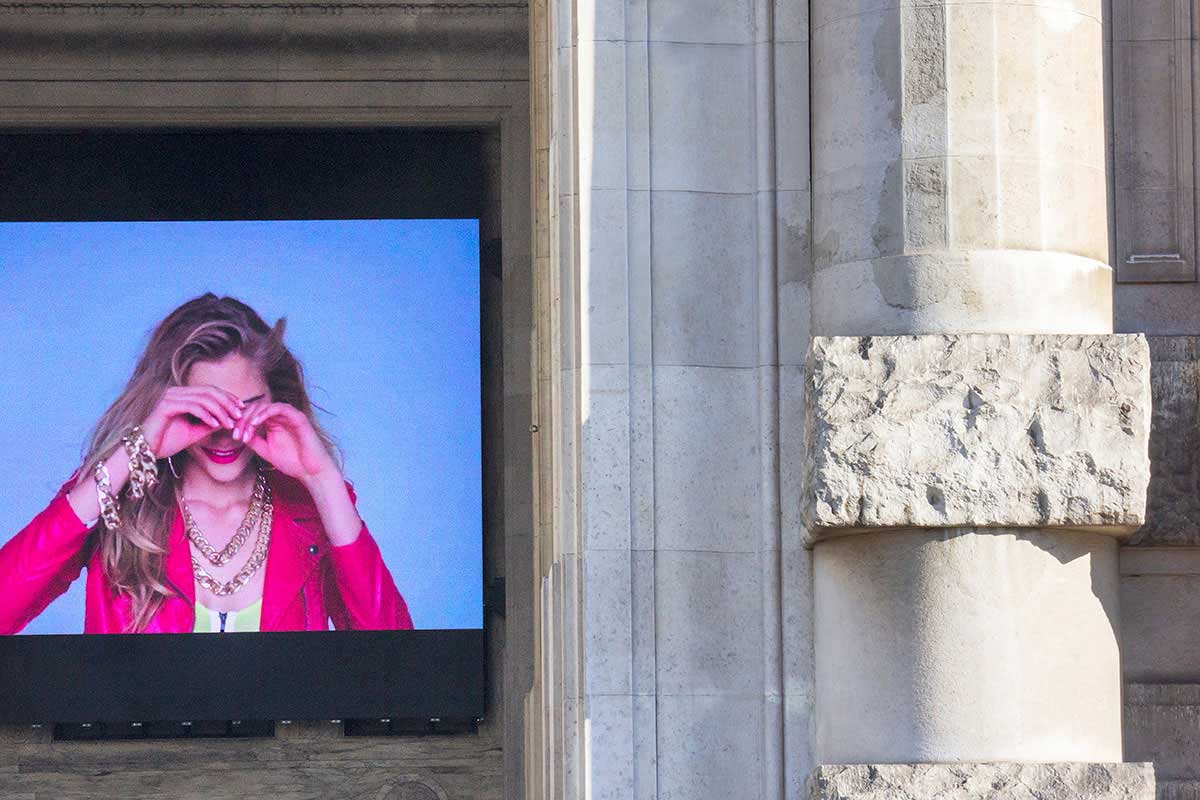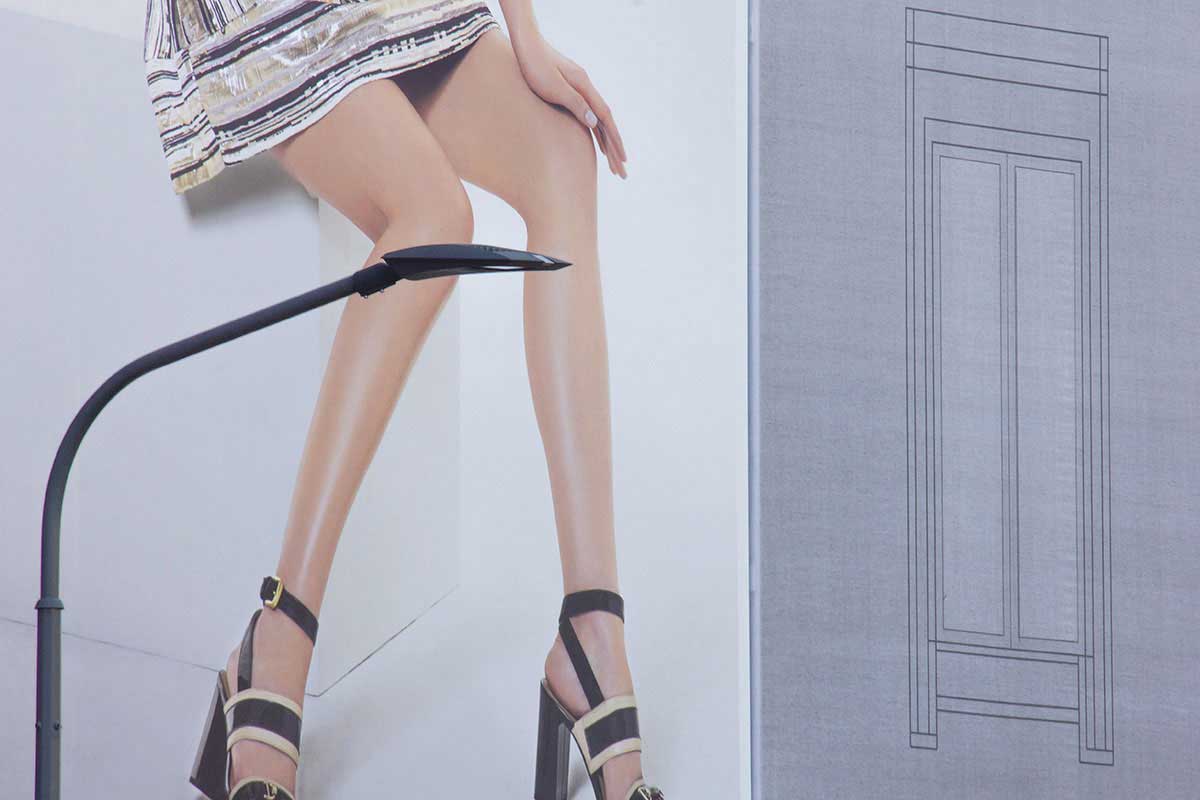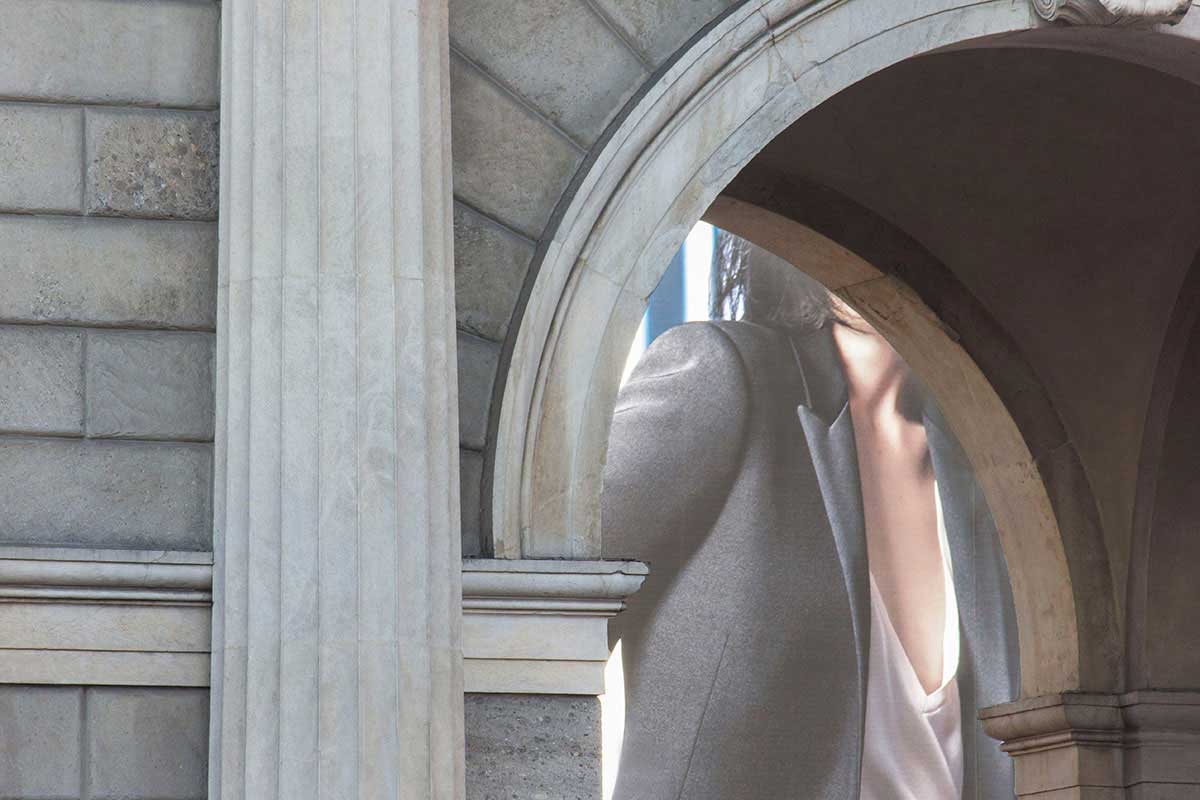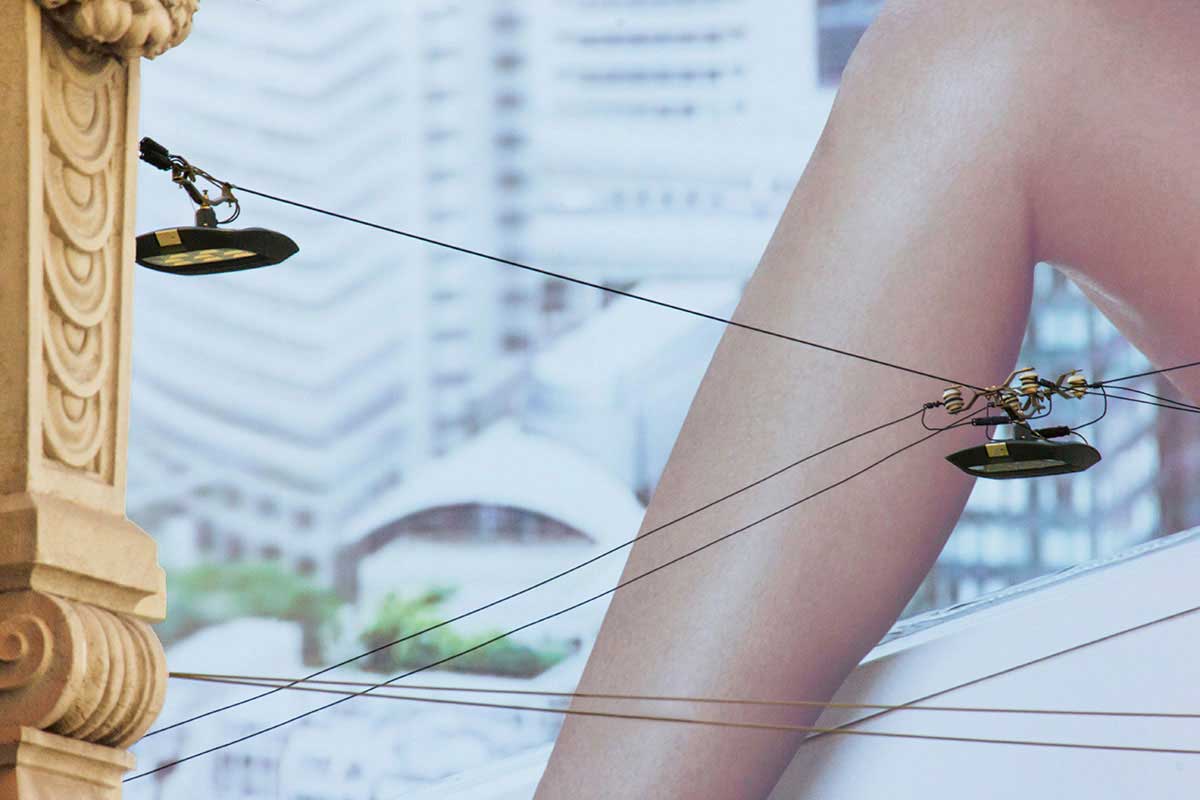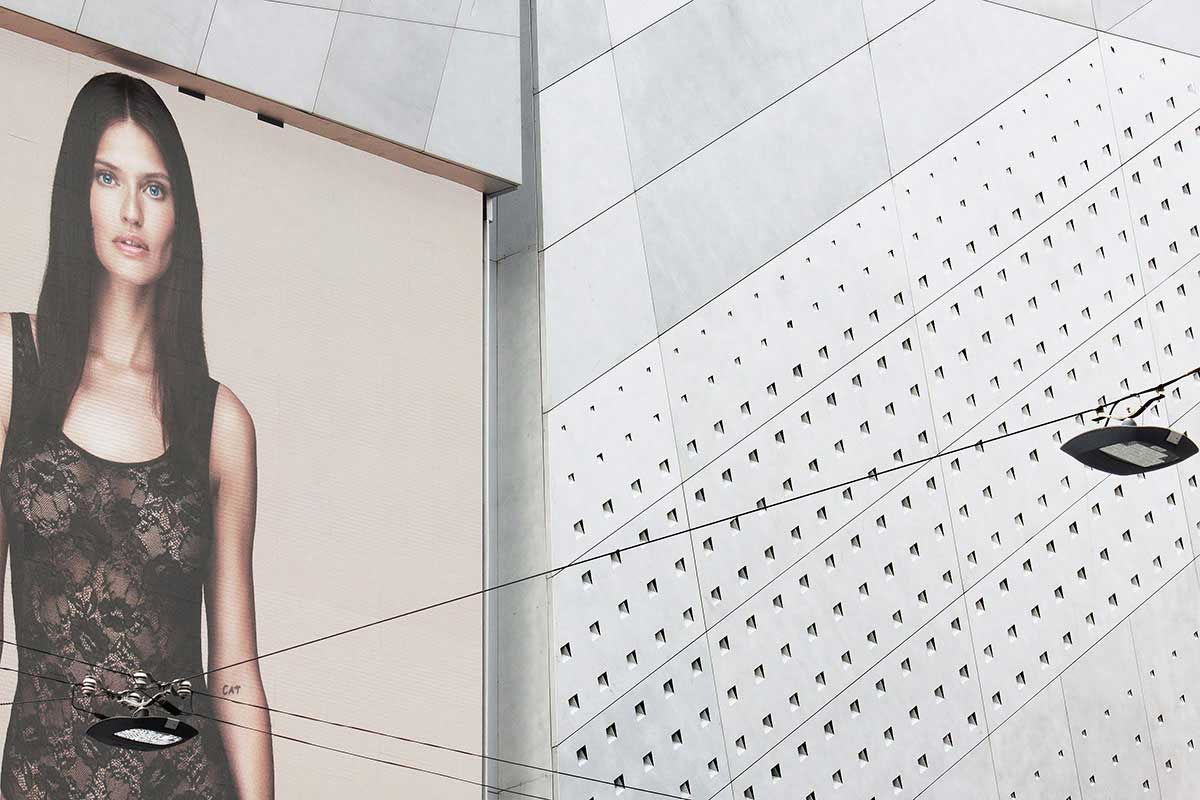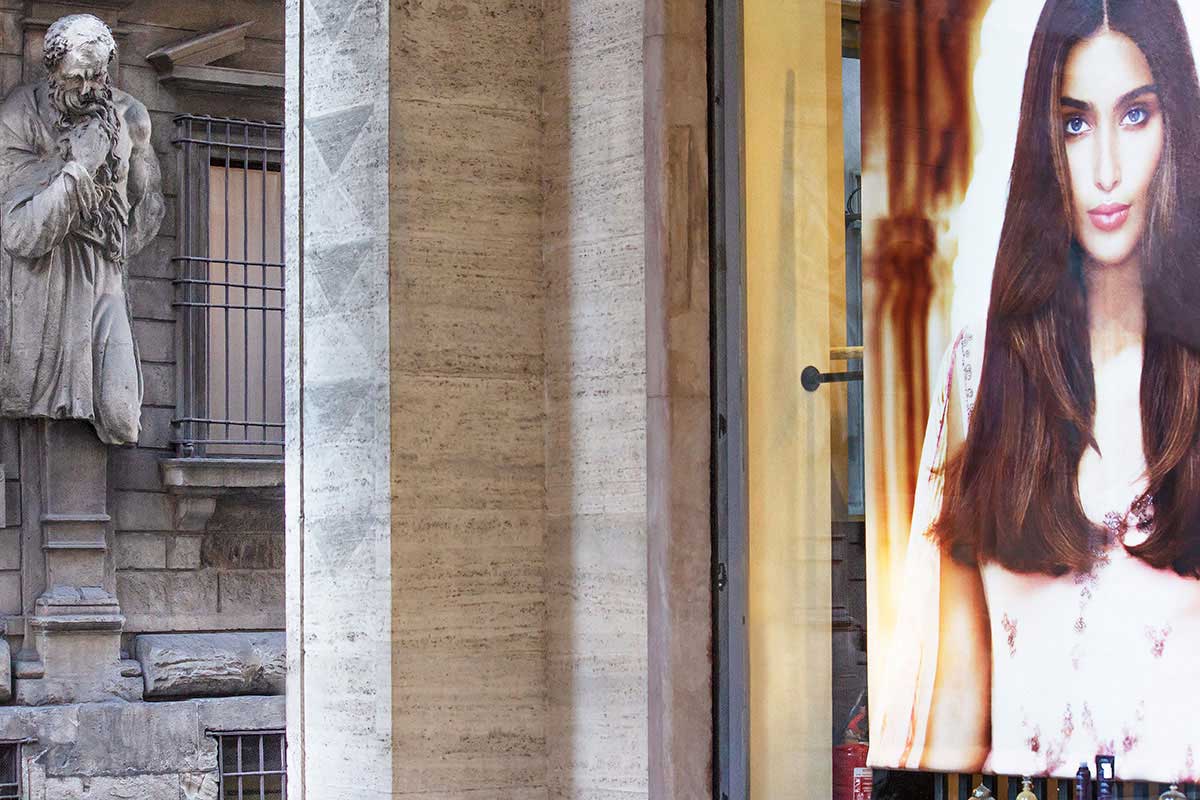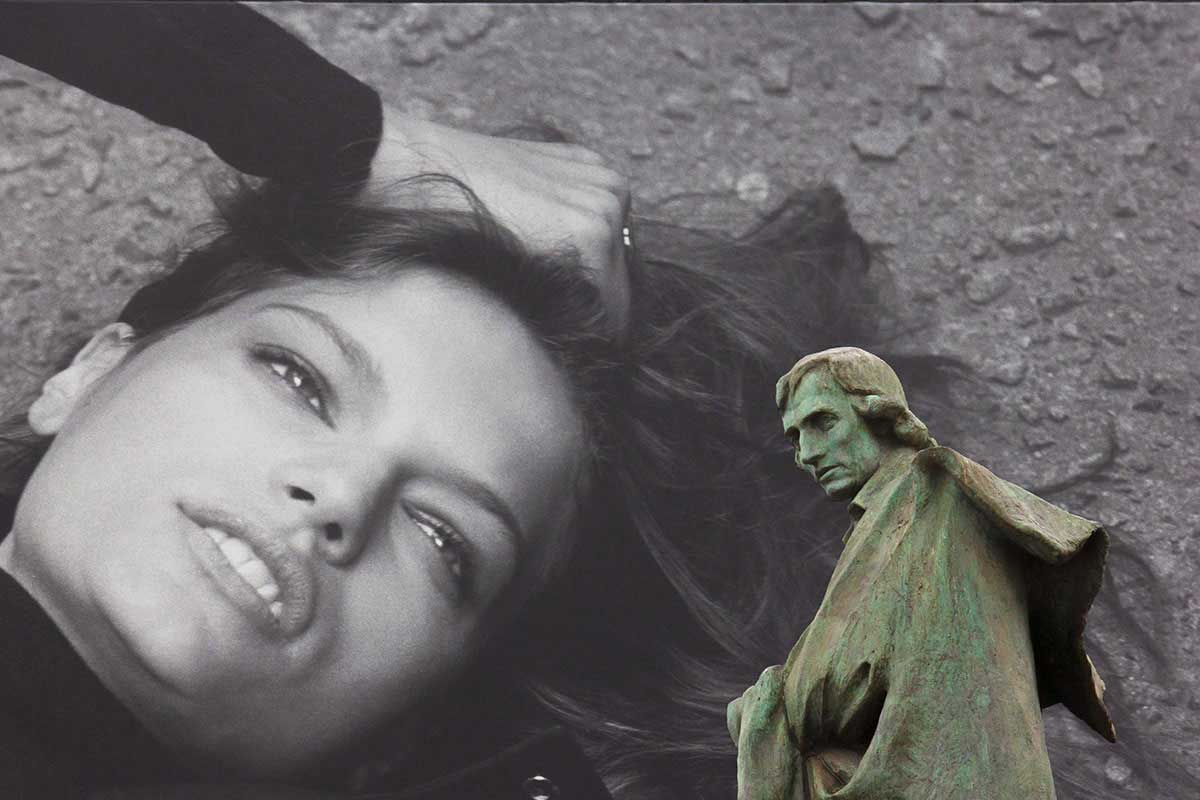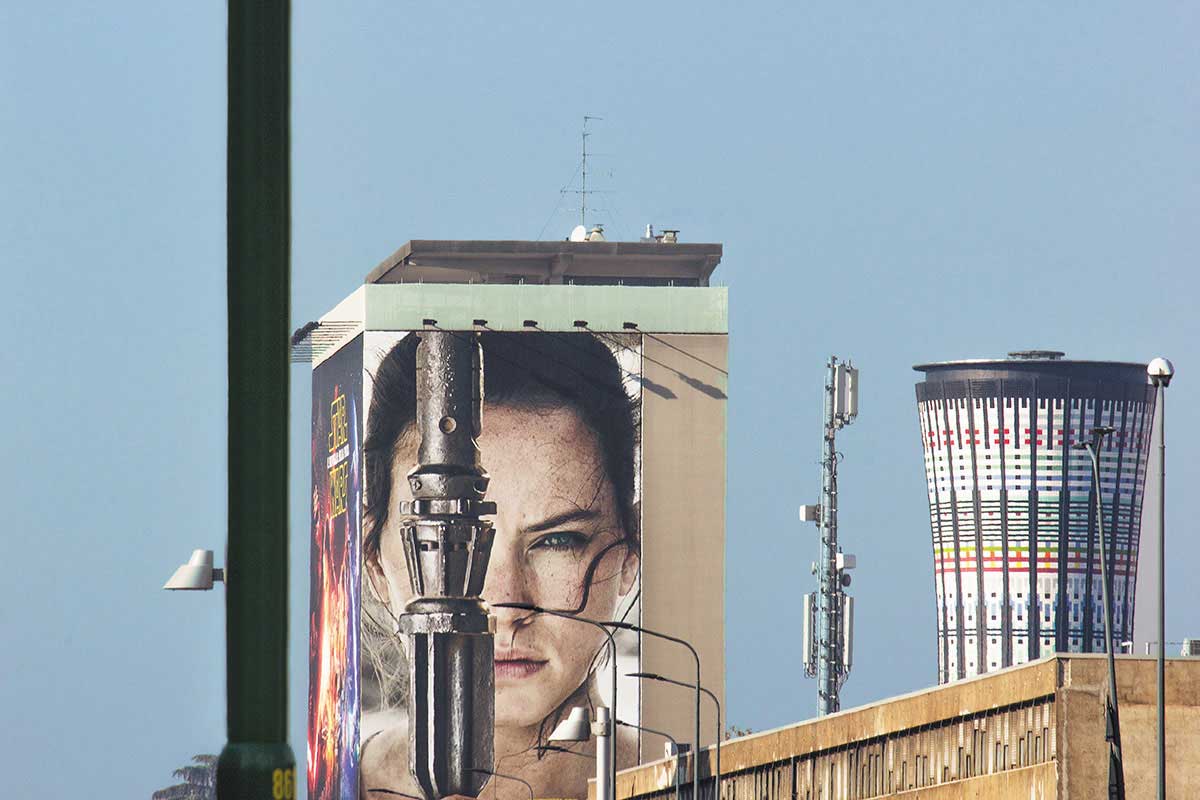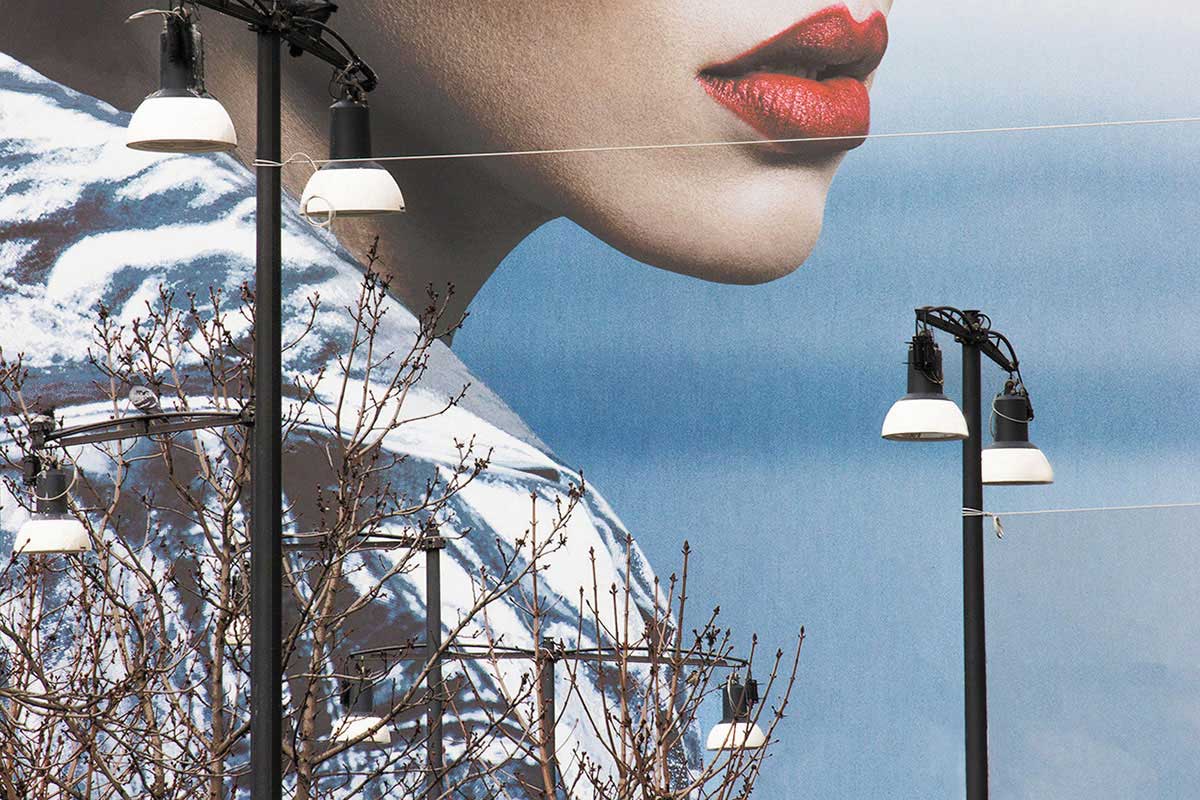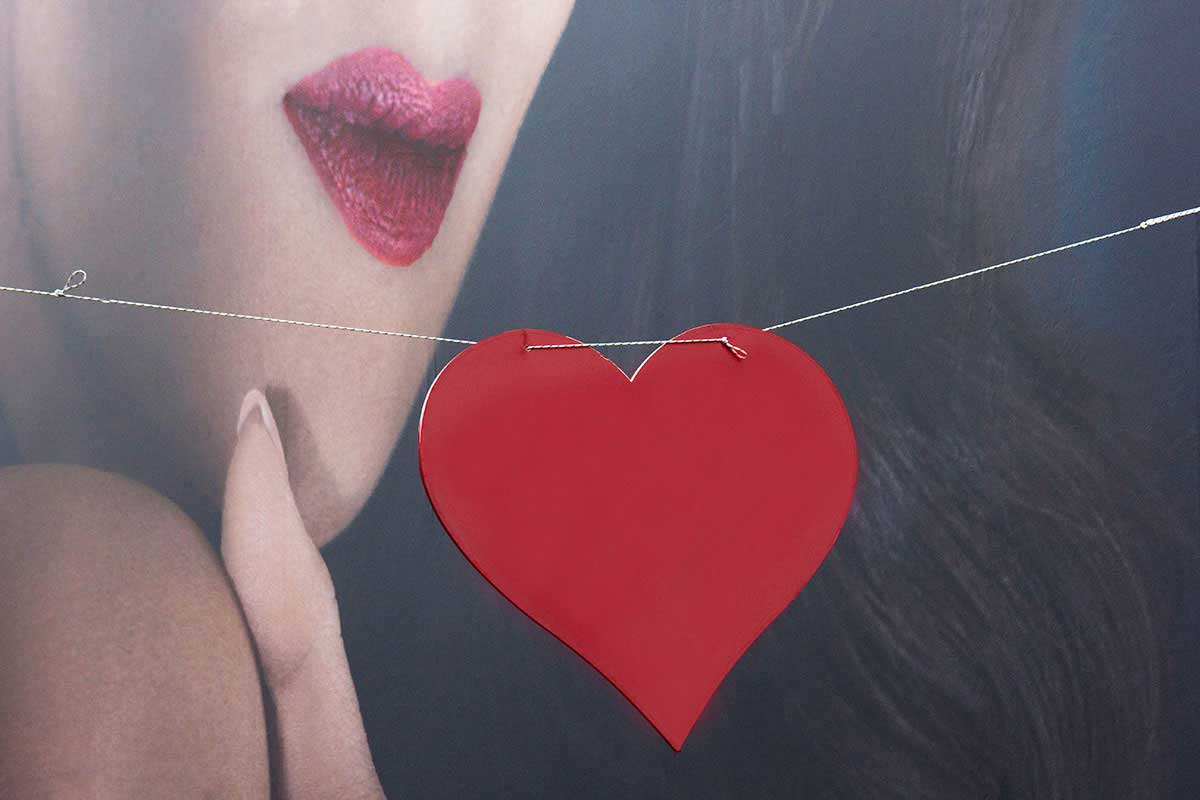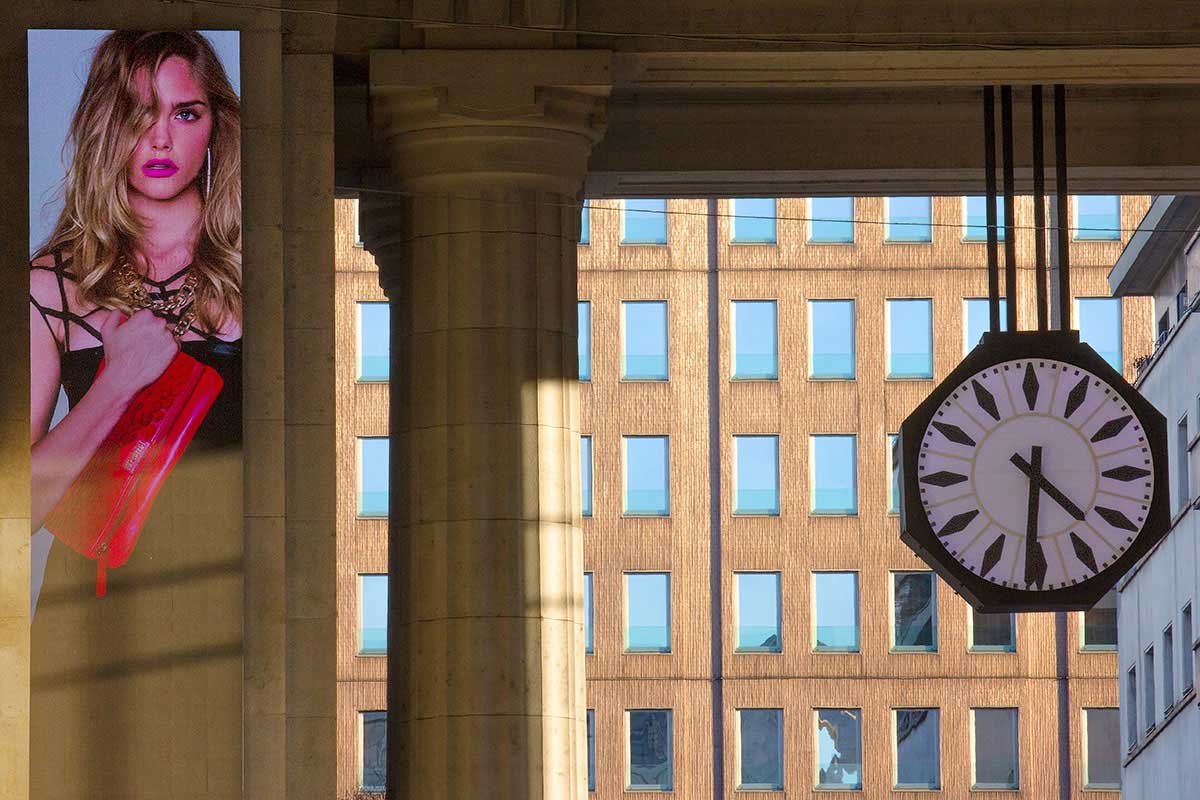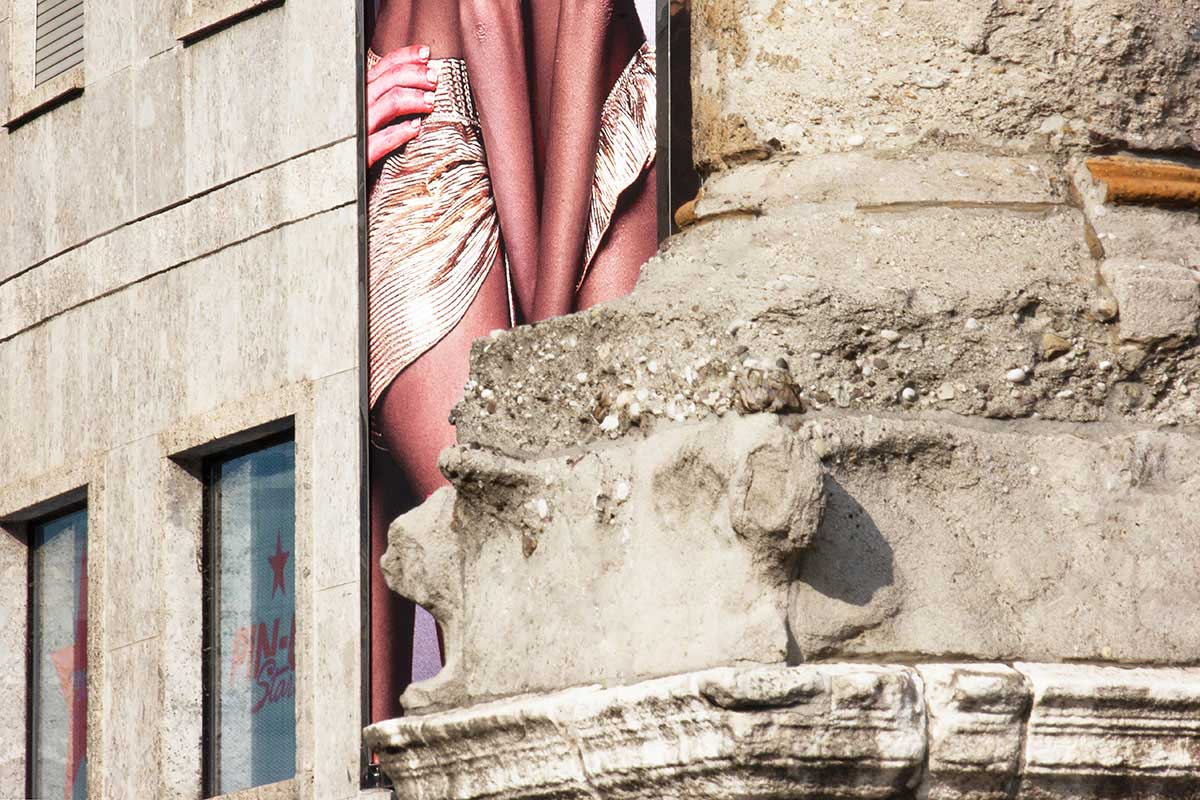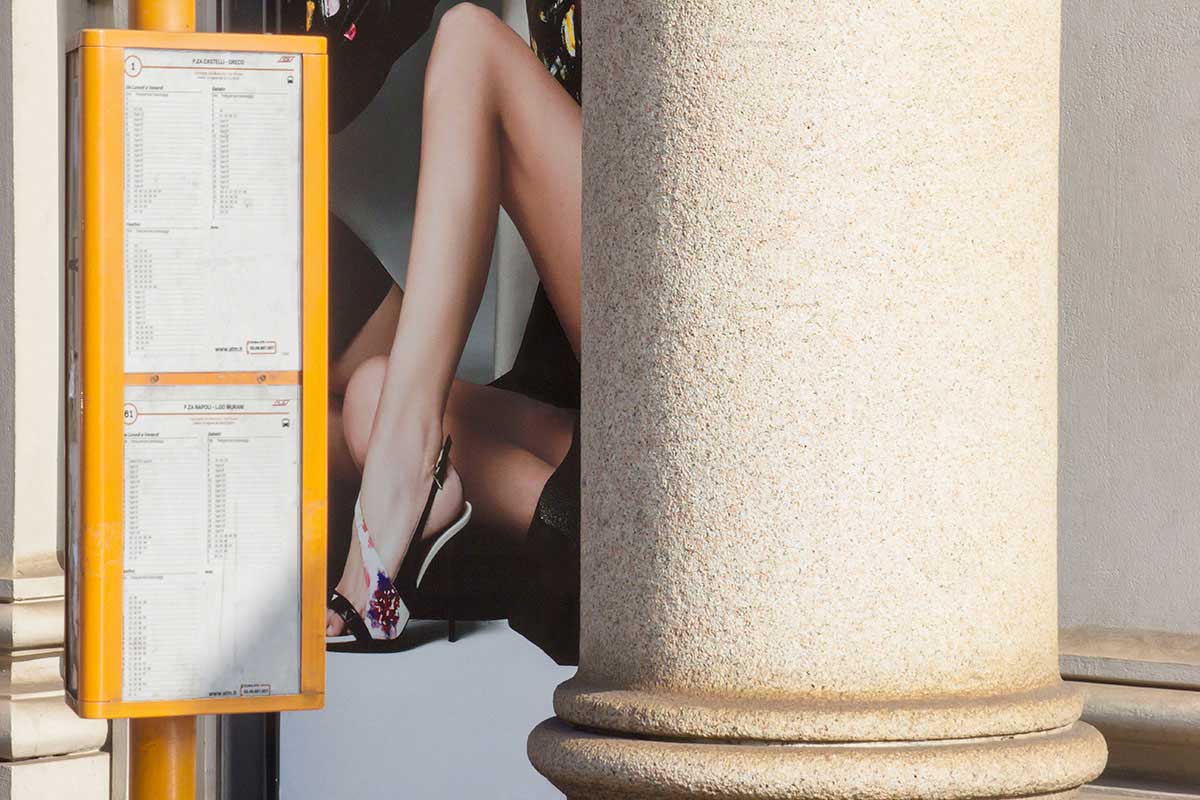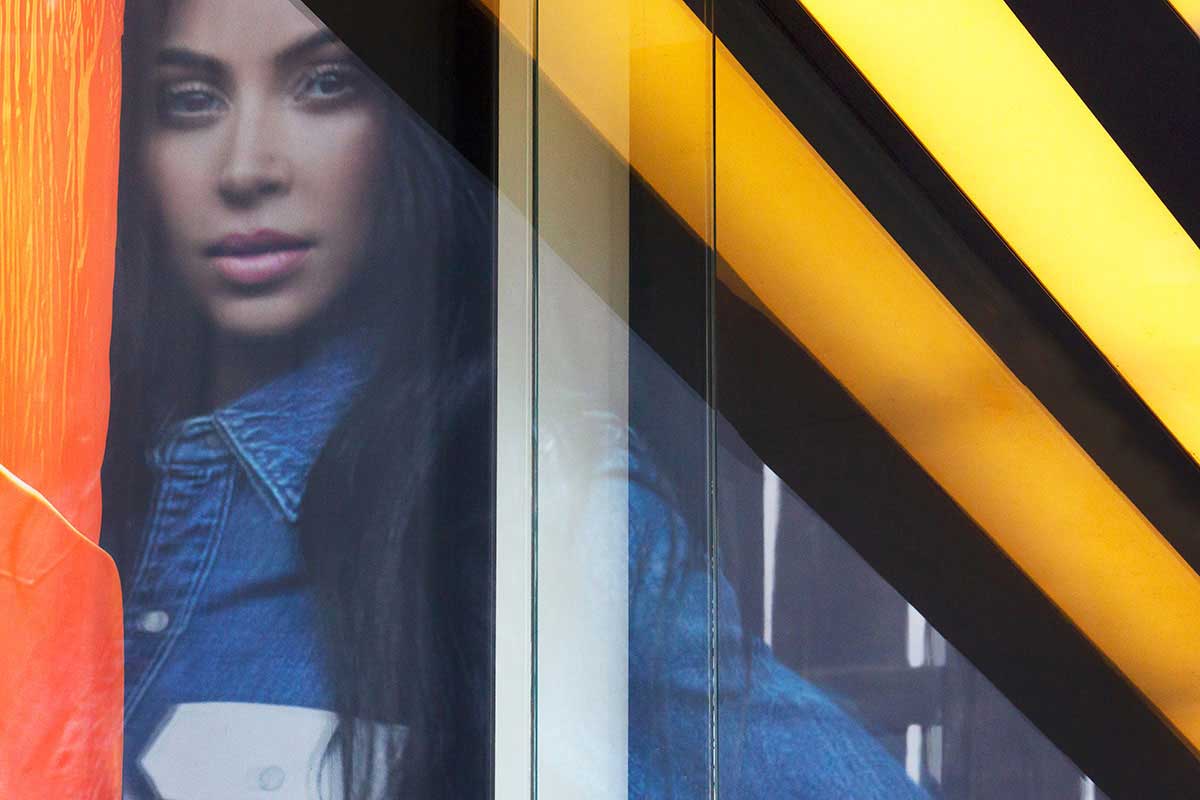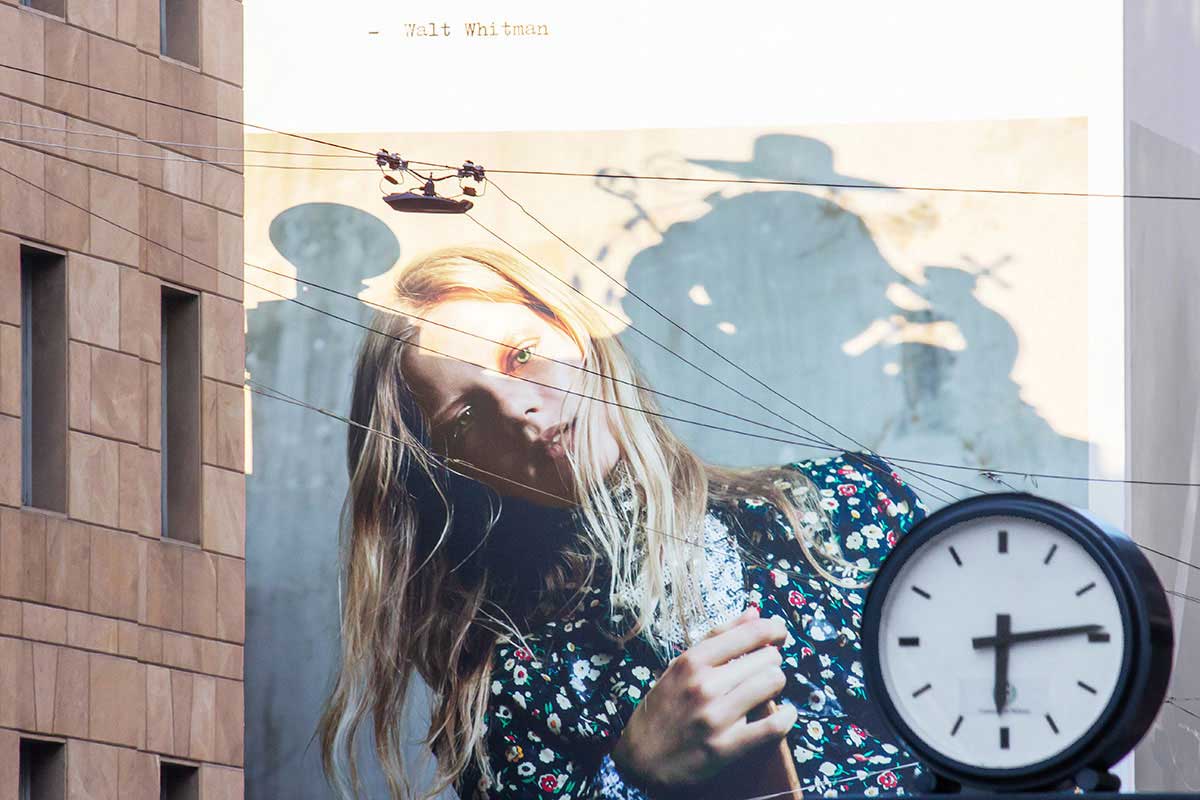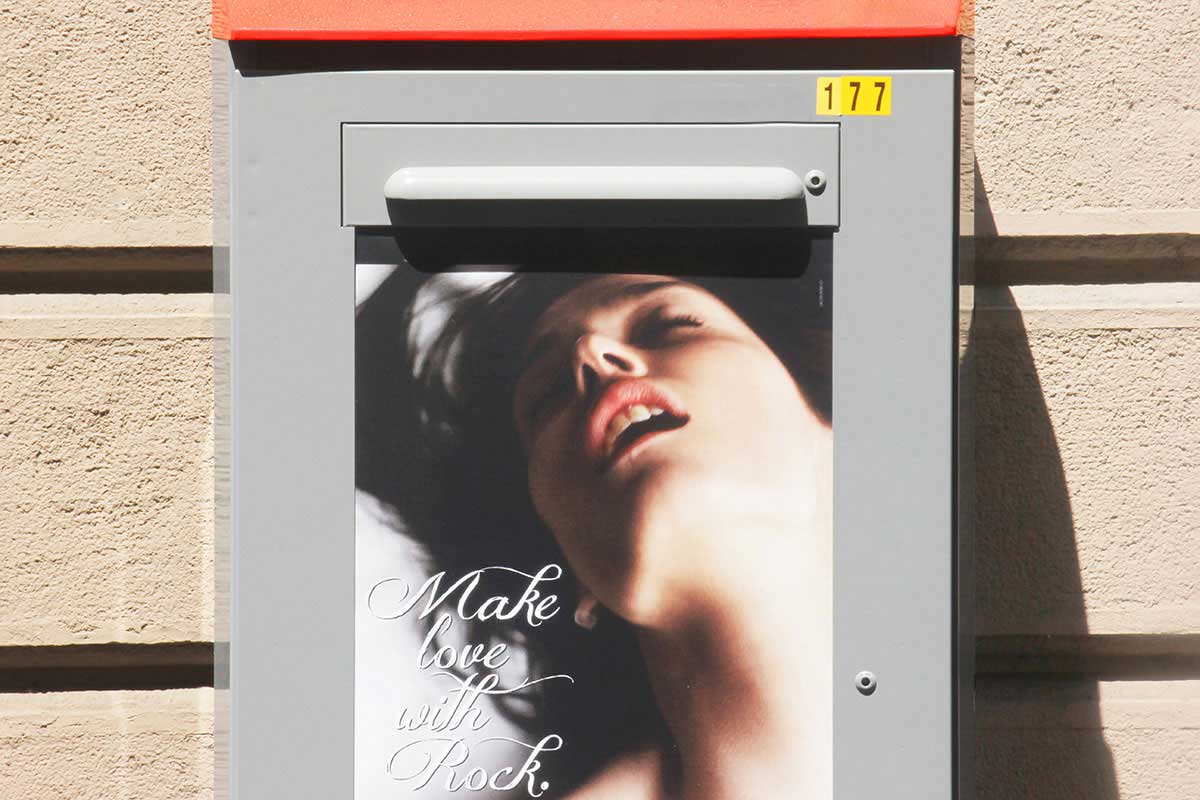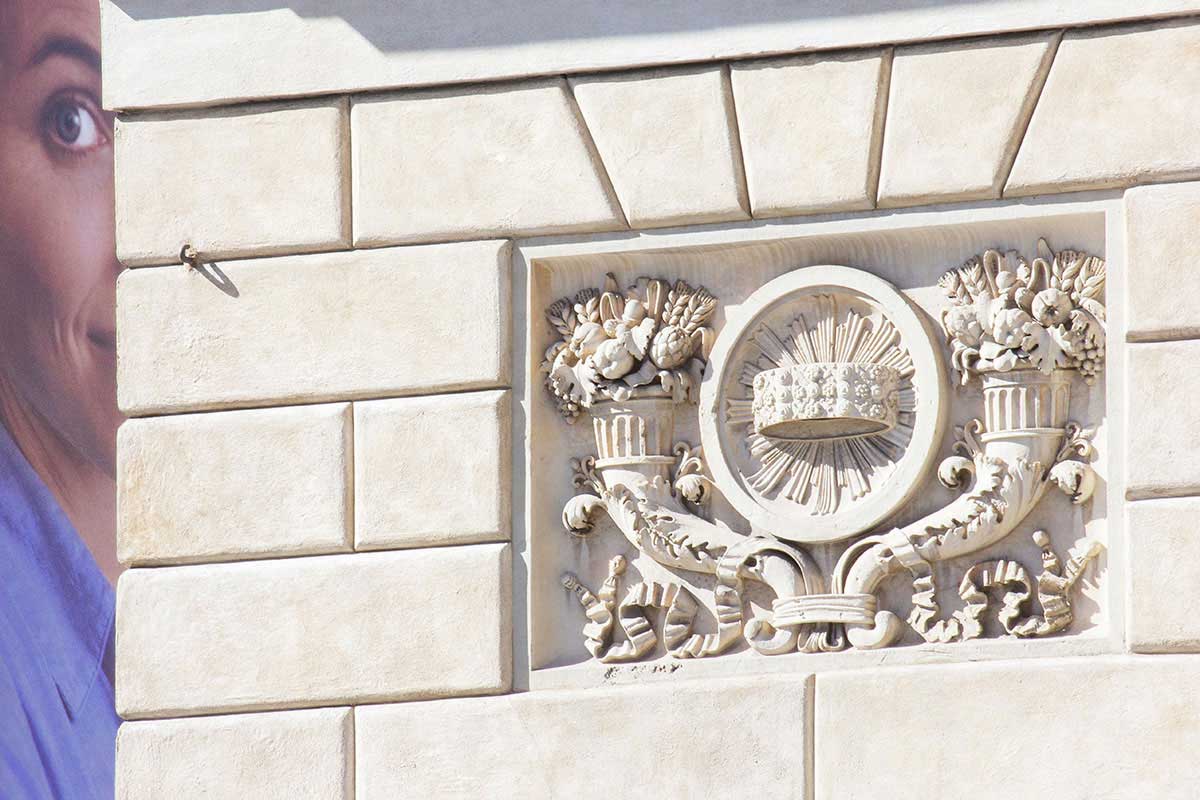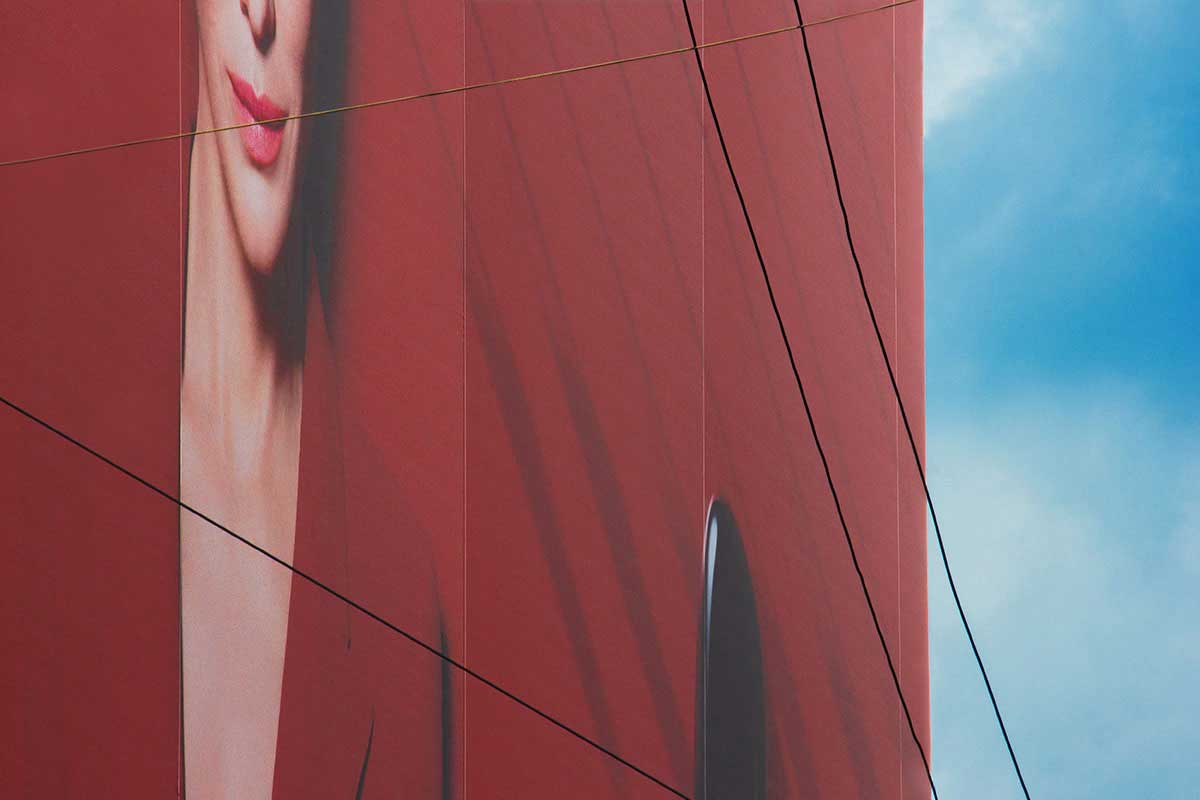The project of The Hidden Harmony is the mystical and philosophical roots of Abstract Art transmigration into the Photography.
Basically there is the rejection of materialism, the faith in progress and particularly the faith in the spiritual progress of the men.
The photographer poet is a visionary who push himself other the barriers of the phenomenon to express an an immaterial message which he gets from the sensitive data. The eye that looks for hidden harmony has a playful look, without judgement, that recognizes the multiplicity of diversities and aspires to reveal a harmonic picture that is the result of the tensions and integration of the differences, each one giving to complete the Unity. A system in which the terms are solidarity and the value depends on the simultaneous presence of the others. The end goal of taking photos of hidden harmony is PEACE.
“Feminine” is a work where the photographer poet invoke her Muse, the Woman who exhilarate his mind, like a guardian angel who accompany him when he’s like a solitary man walking to look The Hidden Harmony. Without this angel the artist can’t create any artwork.
The Woman always has been the inspiration source of Art, She can touch the soul of artist with her breath to give him the emotional sensitivity necessary becose he have the creativity explosion.
The feminist Germaine Greer wrote the Muse is She “penetrate” and fertilize the artist so “he gestates and brings forth, from the womb of the mind”.
It can’t to be a real spiritual progress without the total love and respect for a Woman absolutely free in her identity.
Even the Greer think the Ideal of Love is a “as a stabilizing, creative, harmonizing force in the universe” finding his picture in the Shakespeare’s poem The Phoenix and the Turtle where Shakespeare wrote: “So they lov’d, as love in twain / Had the essence but in one / Two distincts / division none / Number there in love was slain”.
About Giorgio Di Maio
Giorgio Di Maio is a graduate of Architecture. At the School of Architecture, he came into contact with two important influences: organic architect F.L. Wright, the Neoplasticism of Theo van Doesburg and Mondrian. Wright’s Wasmuth Portfolio, published in Berlin in 1911 was Giorgio’s constant companion in those years. He always came back to it, fascinated by its ability to lend harmonious composition to different spaces and their functions, in final plans that were unified and perfectly balanced. His first show was titled Colonie di artisti and was a historical study of three episodes from European architecture tied to the roles played by the patrons who promoted them. This first show was followed by Frammenti, Ombre, alla fine… L’amore, Basilicata, non è Napoli, exhibitions in which Giorgio Di Maio revealed some of the future distinctive features of his way of photographing: attention to the particular rather than to the exceptional, a reclaiming of the quotidian, the decay of materiality, the identity of opposites, the balance deriving from the tension and integration of diversity, a search for spiritual presence. In most recent years he has gradually withdrawn from his profession as an architect and starting from a study of Heraclitus has begun to devote himself to the pursuit of Hidden Harmony which is present all around us and is identified by means of the language of figurative arts vanguards. For the Milan PhotoFestival he exhibited his work Milan in harmony in April 2018 at Palazzo Castiglioni. [Official Website]



